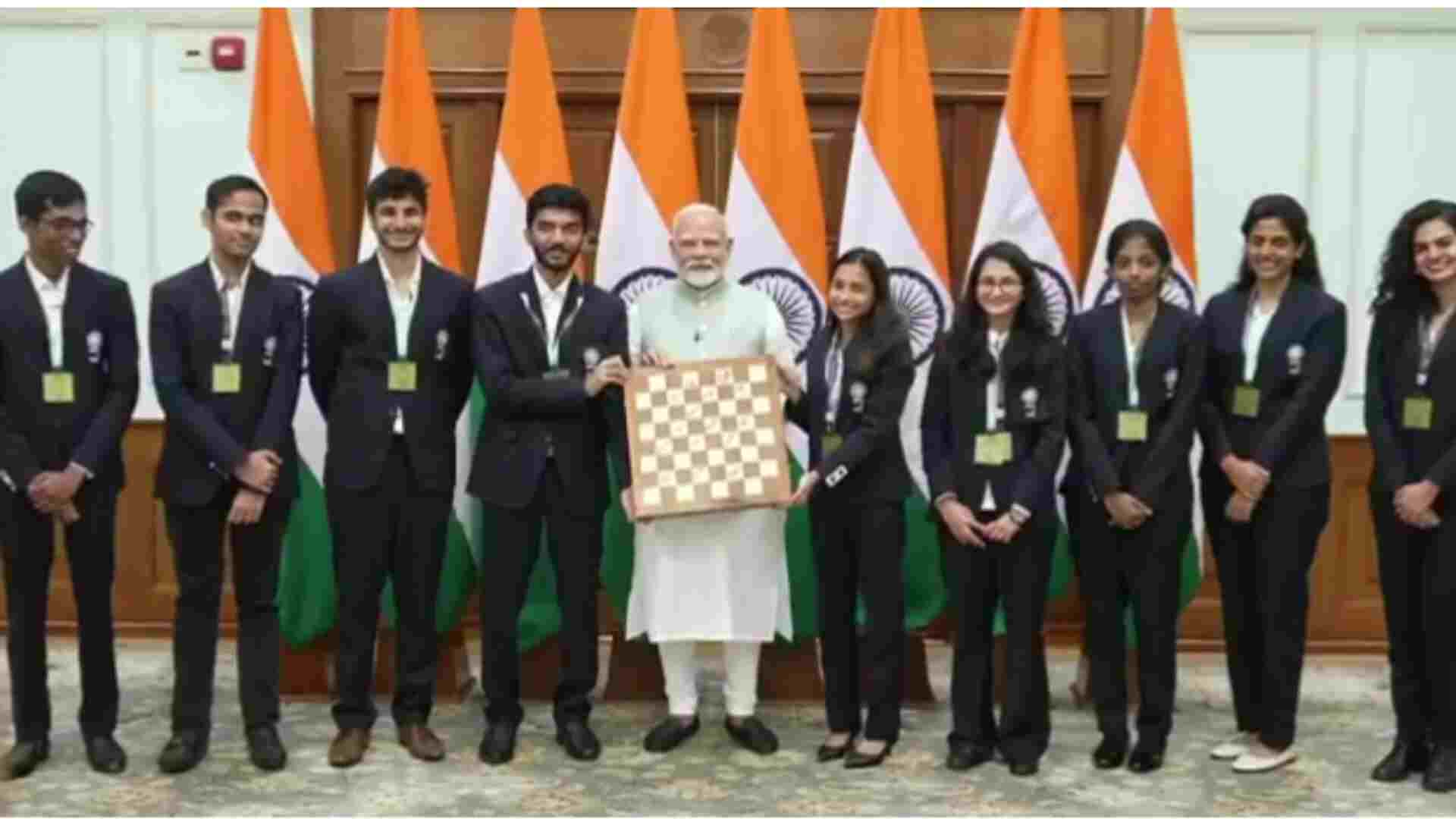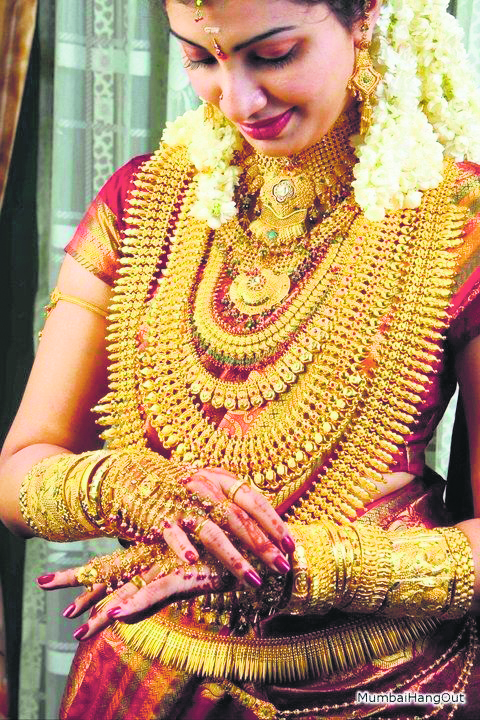
The story of gold in India is a rich and multifaceted narrative that spans millennia. It reflects the interplay of tradition, culture, and economics, weaving together a tale of enduring fascination and resilience.
The story of India’s gold obsession is one that has been told, retold, and told again. An obsession, a treasure, and a symbol of prosperity and purity, the age-old relationship between man and metal is etched in the filigree of gold. This is the story of how Gold became an essential ingredient in almost every Indian’s investment portfolio.
Ancient India
In the depths of antiquity, India stood at the forefront of gold consumption. As far back as 3000 BCE, gold-adorned temples, cascaded in the form of intricately crafted jewellery, and became a medium of exchange in bustling marketplaces, a symbol of prosperity.
However, it wasn’t until the Gupta era (circa 4th–6th century CE) that gold began to glimmer as an investment tool. The introduction of the coinage system brought ‘mohurs’ and ‘dinars’ to the forefront. And these coins weren’t just pieces of gold; they were a currency of power, status, and opulence. Hoarding these golden marvels became a favourite pastime of kings, nobles, and the well-heeled.
As history sauntered on, and coinage became common-speak, the concept of gold investing underwent a transformation. During the Mughal dynasty (16th–18th century CE), gold became a financial secret weapon! By introducing ‘zabt’ through the land revenue systems, and by levying trade taxes, the empire leveraged its golden ties to Iran and the Ottoman Empire, transforming gold investment into a dazzling dance of bullion markets, mint organisations, and fiscal measures.
British Raj
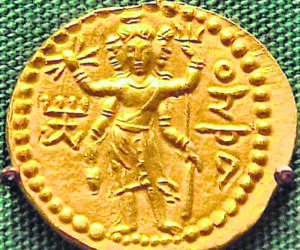
Fast forward to the 19th century, when the British Raj held sway over the Indian subcontinent. Gold investing took a more formal turn, making its way into the world of banking. Legacy institutions like the State Bank of India (then Imperial Bank of India), issued Gold Deposit Certificates, allowing individuals to deposit their gold with banks, ensuring both safety of the asset and value appreciation. Gold had donned a three-piece suit and walked with panache into the banking sector!
Meanwhile, there was a new player on the stage—the United States and its beguiling Gold Standards. In the late 19th and early 20th centuries, the US embraced the gold standard, pegging the value of the US dollar to a set amount of gold. And across the oceans that divided them, India couldn’t help but be mesmerised by this dance of stability and confidence. The influence of the US gold standards reverberated, affecting the Indian currency and exchange rates, and igniting a spark of curiosity among Indian investors.
Independent India’s gold had a destiny of her own. From strict restrictions to conditional transparency, the journey is one for the history books. But for the sake of simplicity, let’s divide the journey into five phases that bring us to where we stand today – at 800 tonnes of annual gold imports and as the second-largest consumer of gold in the world!
Post Independence
India’s tryst with gold began with strict restrictions. The Foreign Exchange Regulation Act (FERA) of 1947 played the role of a no-nonsense bouncer, tightly controlling foreign exchange and gold imports/exports. And just when things couldn’t get more exciting, India bid farewell to the gold-backed “proportional reserve system” in 1956, embracing the trendy “minimum reserve system” instead.
The Karat Saga
Just as the government was ready to throw a karat-themed party, the Gold Control Act stormed into the picture in 1968. Its mission? Taming the wild devaluation of the Indian rupee caused by excessive gold imports. Suddenly, the party had a strict bling code, limited to a 14-karat gathering.
The 90s Wonder
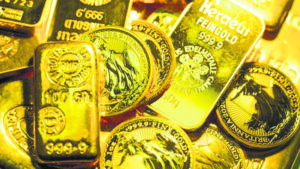
Welcome to the age of liberalisation, privatisation, and globalisation, where India unleashed the golden genie from its lamp! The Gold Control Act took a backseat in 1990, opening the floodgates for free gold imports. The Non-Resident Indian scheme and Special Import License scheme in the ’90s brought NRI dreams of gold back to the motherland. As if that wasn’t enough, the government introduced the Gold Deposit Scheme (GDS) in 1999, allowing gold lovers and hoarders to earn interest on their beloved yellow metal. Idle gold finally found its purpose!
Banks Into Business
Convenience took centre stage in the world of gold. Banks jumped on the gold bandwagon, selling those precious gold coins by 2002. And believe it or not, your friendly neighbourhood post office became a one-stop shop for gold coins in 2008! It seemed like gold was popping up everywhere, making convenience its middle name. But the real showstopper was the entrance of Gold Exchange Traded Funds (ETFs) in 2007, digitising gold and offering flexibility, quality assurance, and stress-free storage. Gold even weathered the storm of the 2008 global financial crisis, proving that it was the ultimate hedge against uncertainty.
And by 2010, India witnessed a gold demand explosion, reaching a staggering 1001.7 tonnes! Gold had truly struck gold!
Present
Like any good story, there had to be a downturn. Enter the ‘intervention’. With the risk of inflation looming over their heads, higher gold import duties were levied, increasing from 2% to 10% in a span of a year! And to take care of the other downside caused by the import duties, they introduced the 80:20 rule for importers. It was a cliffhanger moment, leaving gold enthusiasts on the edge of their seats, wondering what next!
Marked by a shift in the government’s approach, transparency took the golden spotlight. The 80:20 rule was lifted, allowing golden prosperity to be within the reach of the masses. The triumphant return of the GDS gave gold enthusiasts a chance to earn interest on their beloved bullion. And let’s not forget the launch of the Indian Gold Coin (IGC), a shining symbol of national pride.
Today, gold continues to hold a special place in the hearts and portfolios of Indians. With more goldsmiths than ATMs, and a veritable buffet of gold investment schemes, from Sovereign Gold Bonds to Futures, ETFs and fractional investments, India is poised to start her own golden export expedition.
Interesting Facts

Weird and quirky facts showcase the diverse ways in which gold is incorporated into various aspects of Indian culture, from beauty rituals to culinary delights and investment schemes.
Golden Teeth: Wealthy individuals in ancient India sometimes had a penchant for extravagant displays of wealth, including adorning themselves with gold. There are accounts of people having their teeth replaced with gold crowns purely for ostentatious reasons. This practice may have been more common among royalty or the affluent elite who wanted to flaunt their riches in a rather unusual manner.
Gold and Alchemy: Ancient Indian texts contain references to alchemy and the quest to transform base metals into gold. While this may not seem funny on the surface, the earnest pursuit of alchemy and the belief in the philosopher’s stone—a mythical substance that could transmute metals—could be seen as a quixotic endeavor with a touch of humor in hindsight.
Gold Vending Machines: In recent years, India has seen the emergence of gold vending machines in select locations. These machines allow customers to purchase small gold bars or coins with cash or credit cards, akin to buying a snack from a vending machine. It’s a quirky and convenient way to access gold on the go.
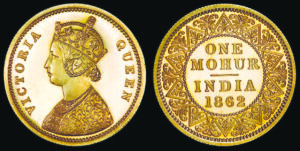
Gold-Plated Food: In certain high-end restaurants and events, particularly during extravagant weddings and celebrations, it’s not uncommon to find dishes garnished with edible gold leaf or gold flakes. From desserts to main courses, gold-plated food adds a touch of opulence and novelty to the dining experience. Indian sweets, known as “mithai,” hold a special place in the country’s culinary traditions. Some sweet shops offer specialty sweets coated with edible gold leaf or dusted with edible gold powder. These gold-coated sweets are often reserved for festive occasions or as gifts for special celebrations.
Gold Investment Schemes: In India, there have been instances of unconventional gold investment schemes that promise high returns or other perks. These schemes may involve purchasing gold jewelry or coins through installment payments or participating in gold-saving programs offered by jewelry retailers. While some of these schemes may be legitimate, others have been associated with controversies and scams.










